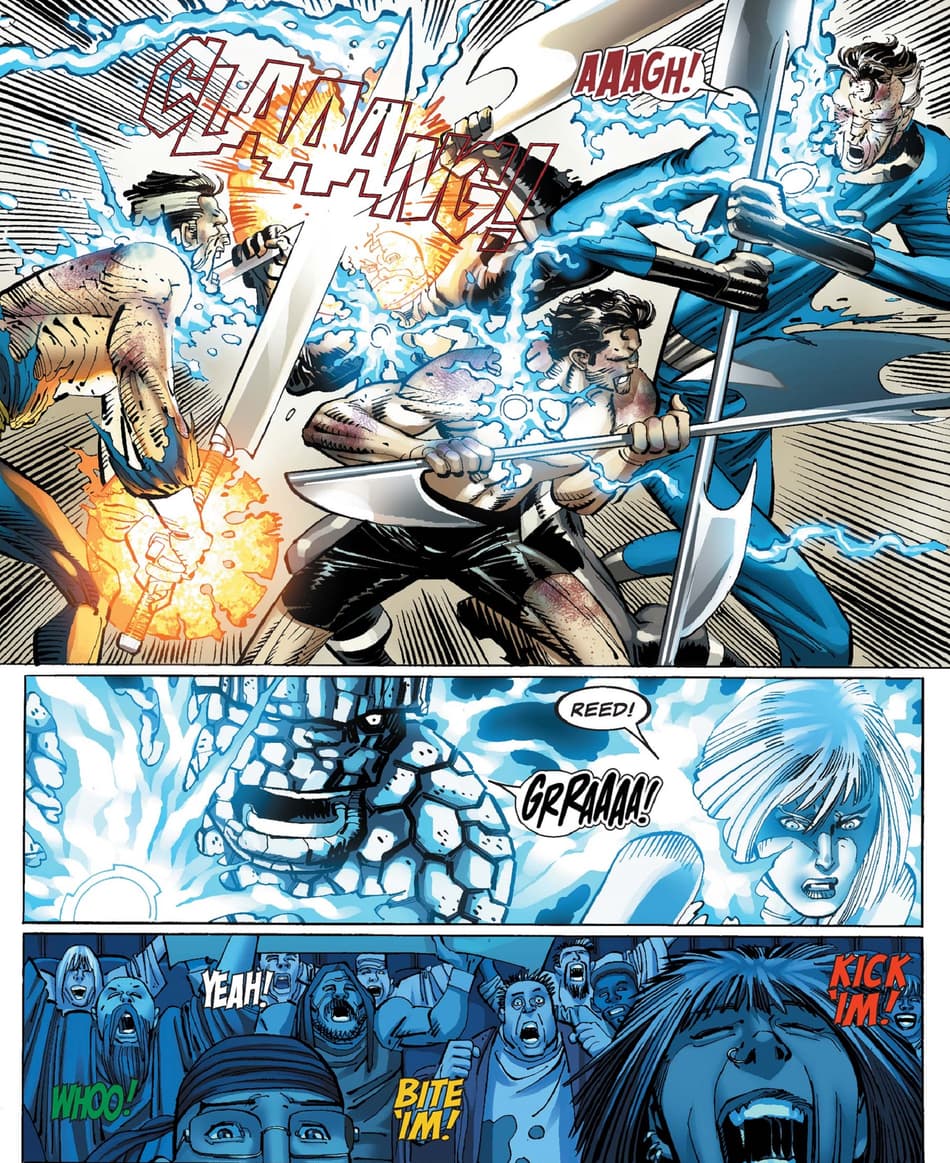The Life-Changing Benefit of Joining Freemason for Opportunities and Improvement
The Life-Changing Benefit of Joining Freemason for Opportunities and Improvement
Blog Article
Discover the Tricks Behind the copyright and Their Impact on Culture
The copyright, usually shrouded in misconception and supposition, offers a remarkable instance research of how historical ideals can change right into modern-day conspiracy concepts. As we explore its beginnings, impact on revolutionary thought, and portrayal in contemporary culture, we begin to reveal the layers of intrigue that continue to captivate culture.
Beginnings of the copyright
The copyright, often shrouded in mystery and conjecture, traces its origins back to the late 18th century. Established in 1776 in Ingolstadt, Bavaria, the group was started by Adam Weishaupt, a teacher of canon legislation. Weishaupt aimed to promote Knowledge values, including factor, secularism, and the splitting up of church and state. Known as the Bavarian copyright, the company's key objective was to respond to the prevailing impact of religious dogma and advertise intellectual discourse amongst its participants.
The copyright took on a hierarchical framework, drawing inspiration from Freemasonry, which enabled secretive conferences and rituals - how to become a freemason. Subscription was selective, incorporating prominent figures from different fields, consisting of national politics, approach, and science. This elite network sought to impact social and political change with clandestine ways, advocating for the legal rights of people and the betterment of culture
Despite its fairly brief existence, the Bavarian copyright was formally disbanded in 1785 because of federal government suppression. Nevertheless, its heritage endured, triggering countless conspiracy theories and preferred society references that proceed to prompt intrigue and debate regarding its influence on contemporary society.
Key Myths and Mistaken Beliefs
In the middle of the appeal of secrecy surrounding the copyright, numerous misconceptions and misconceptions have actually arised, often misshaping the team's real nature and intents. One common misconception recommends that the copyright manages the world's governments and economies. While it holds true that the team intended to influence societal frameworks, the idea that it runs as a cohesive global creature master is mainly exaggerated.
Another usual misconception is that all participants of the copyright have large wealth and power. In reality, the initial copyright made up intellectuals and Knowledge thinkers, a lot of whom looked for reform rather than dominance. Moreover, the concept that the copyright exclusively hires stars and political numbers is deceiving; membership has historically consisted of a varied selection of individuals.
Additionally, conspiracy theory concepts frequently repaint the copyright as a sinister company intent on international domination via dubious ways. This portrayal overlooks the team's original purposes, which centered on advertising rational thought and combating spiritual oppression. The conflation of the copyright with contemporary conspiracy theories perpetuates misconception, covering the historical context and development of the team's suitables. Hence, separating truth from fiction is essential for a clearer understanding of the copyright's duty in culture.
Historical Influence on Culture
Throughout background, numerous intellectual activities have exceptionally affected social frameworks, and the copyright played a significant role during the Knowledge. Established in 1776 in Bavaria, the copyright aimed to promote reason, secularism, and the doubting of developed authority, responding to the prominence of spiritual conviction. This organization drew in prominent thinkers and advocates of freedom, promoting an environment helpful to the circulation of Enlightenment ideals.
The copyright's ethos promoted sensible idea and empirical proof, which contributed to the wider intellectual landscape that encouraged social reform and political modification. Members sought to reshape culture by supporting for education and learning, flexibility of expression, and the splitting up of church and state. Their clandestine nature and ambitious agenda triggered both intrigue and uncertainty, leading to their ultimate reductions by the Bavarian federal government in 1785.
Regardless of their dissolution, the heritage of the copyright persisted, influencing innovative motions throughout Europe and the Americas. Their commitment to enlightenment concepts aided prepare for modern democratic perfects and human civil liberties, leaving an enduring imprint on the structures of modern culture. how to become a freemason. The allure of their deceptive events and philosophical pursuits remains to astound the imagination, emphasizing their historic value
Modern Interpretations and Beliefs
Contemporary interpretations of the copyright typically mix historic truth with conspiracy theories, creating a complicated tapestry of beliefs that record prominent creativity. While the original copyright was a Bavarian secret society established in 1776 with Enlightenment perfects, modern beliefs have actually advanced to incorporate a vast selection of analyses, typically concentrating on themes of control and privacy.

In addition, some modern-day interpretations assume that the copyright works as a metaphor for the battle in between knowledge and ignorance, with advocates advertising recognition and crucial reasoning as a way to neutralize perceived injustice. This duality-- viewing the copyright as both a literal and symbolic entity-- special info shows the continuous attraction with the idea, mirroring deeper societal anxiousness concerning power, openness, and private autonomy in the modern globe.
The copyright in Pop Culture
The copyright has infiltrated various facets of pop culture, manifesting in literature, movie, songs, and art as a sign of intrigue and enigma. This secret culture, commonly portrayed as a shadowy force adjusting global occasions, has actually motivated countless stories that explore motifs of power, conspiracy, and hidden knowledge.

Songs, too, has actually been affected by the idea of the copyright. Artists like Jay-Z and Beyoncé have actually dealt with speculation regarding their affiliations with the society, triggering conversations about importance in their work and the nature of fame.
Visual art frequently incorporates copyright themes, with musicians utilizing navigate to this website symbols like the Eye of Providence and the pyramid to evoke a sense of enigma. With these numerous mediums, the copyright serves not just as a topic of conjecture but likewise as a lens with which culture examines its very own complexities and concerns.
Conclusion

Report this page